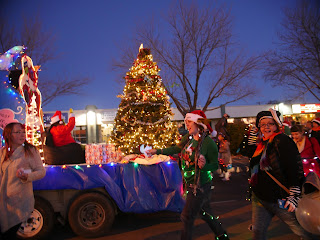For most kids, math can be a
total bore. This year I taught I
an after-school math class called Dramatic Math, and my goal was to make a math
class that I would have loved to gone to.
Here are some ideas we came up with to make math fun and exciting.
1. Warm Up to Math!
After
spending all day in class, the last things kids want to do is sit down and do
some math problems. So we always start with a math warm-up exercise. A math warm-up example:
16 Shakedown -Shake each limb starting with arms and going down to
the leg sixteen times. And
count together. Then ask what half
of 16 is. 8! Perfect, now shake
every limb 8 times. Now what is
half of 8? 4, of course! Shake every limb 4 times. Keep going to till you get down to 1!
2. Make it a Game!
Kids love
challenges, strategies, and games.
A math quiz SHOW is always going to be better than a plain math
quiz. Plus, it’s a great way for
kids to interact in groups.
3. Keep it Physical!
Lots of
people think math is just a lot of worksheets and written problems. I always
like to give physical challenge to test kids bodies as well as their
minds. Examples include:
Division Exercise – Break kids in to groups of 2-6 depending on how hard you want their
math to be. Then challenge to do
something ridiculous like 120 push-ups, but also let them know that they can
divide 120 by the amount of people in their group. This also works great with crunches, jumping jacks, and
running.
4. Make it Hands On
A lot of the
problem with math is it very abstract and hard to understand when if you can’t
see it or touch it. That’s why we
try to let kids interact with math in a tactile way such as making a lemonade
stand where they have to use money to and make transactions.
5. Keep it Dramatic!
Our math class
was called Dramatic Math because wanted to tell a story with the math. One of the ways was having the kids
come up with sketches or even movie ideas that involved math. We did an Indiana Jones type movie trailer where kids going into a candy cave and have to
solve math problems!
By Chris Walsh




































